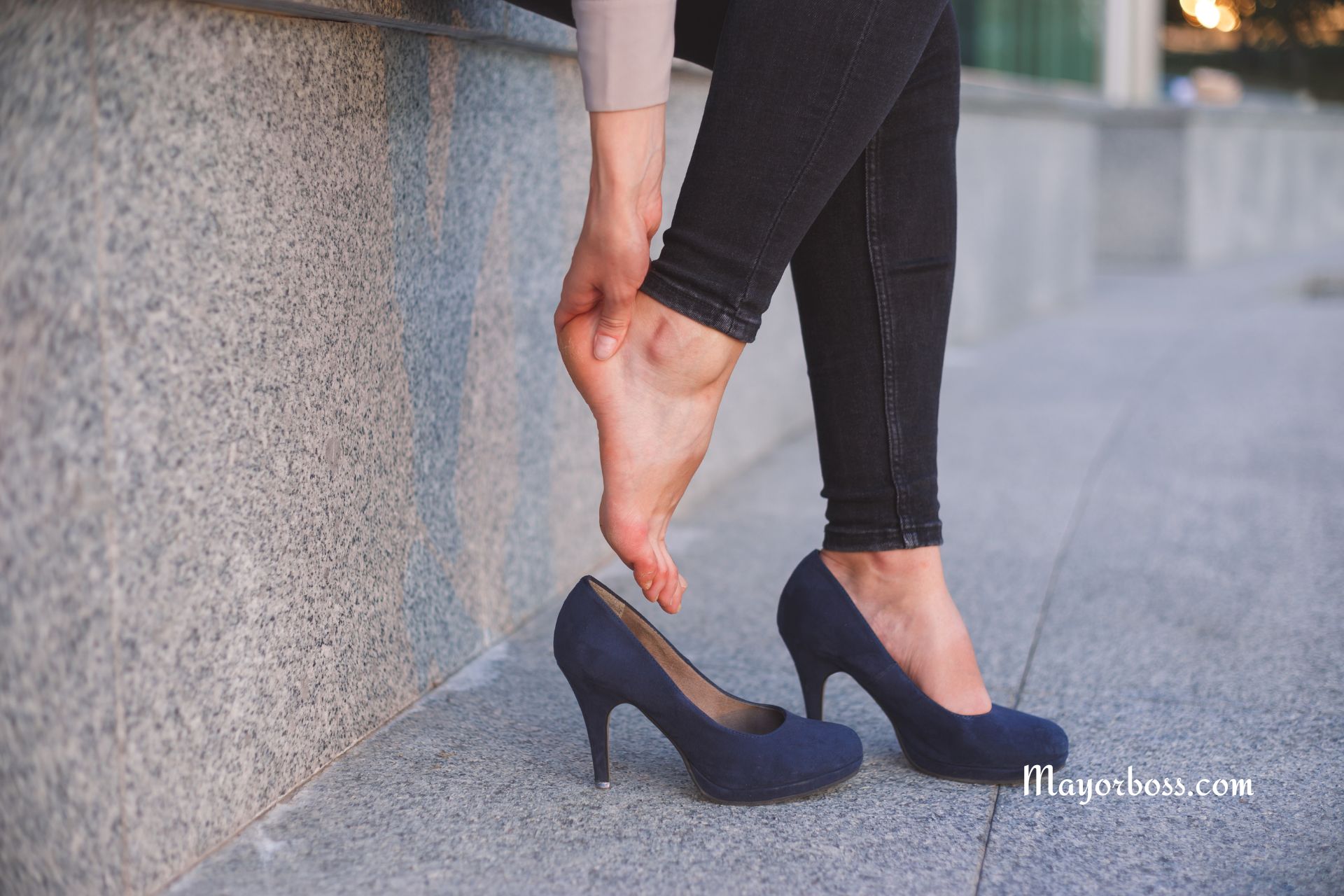Why You Should Avoid High Heels All the Time
High heels can often feel like a fashion statement, elevating an outfit to its pinnacle of elegance and sophistication. However, regularly walking in high heels can lead to a variety of health issues, making it crucial to reconsider their frequent use. Here’s why stepping down from high heels could be beneficial for your health.

Why High Heels Are Bad For You
Wearing high heels forces your feet into an unnatural position, which can cause a range of problems. Firstly, it places excessive pressure on the front part of your feet. Over time, this can lead to conditions such as foot pain, bunions, metatarsalgia, hammertoes, and neuromas – painful nerve conditions. Moreover, high heels can cause ingrown toenails due to the tight toe boxes often associated with these types of shoes.
Effects on Posture and Back Health
High heels don’t just affect your feet; they can also have a significant impact on your posture. They shift your center of gravity forward, which can cause you to arch your back to maintain balance. This unnatural posture can strain your back muscles, leading to back pain and discomfort. Additionally, prolonged use can alter the natural curvature of your back, potentially causing long-term spine issues.
Increased Risk of Injuries
Wearing high heels increases your risk of sprains and fractures. Since high heels can compromise your balance, there’s a higher likelihood of stumbling or twisting an ankle, especially on uneven surfaces. Moreover, because they provide less stability than flatter shoes, high heels can lead to falls, which might cause more serious injuries.
Negative Effects on Leg Muscles
High heels can also affect the muscles in your legs. Wearing them forces your calf muscles to remain in a shortened position for extended periods, which can cause them to become tight and shortened over time. This can lead to discomfort, cramping, and even lead to changes in your walking pattern, even when you’re barefoot or wearing flat shoes.
How to Mitigate These Risks
If you love your high heels, you don’t have to give them up entirely. Instead, you can make more informed choices about when and how often to wear them. For instance, consider wearing high heels only on occasions when you won’t be standing or walking for extended periods. Opt for shoes with a lower heel – those under 2 inches are generally considered safer. Additionally, look for heels with a wider base, which can provide more stability and reduce the risk of ankle twists. Finally, always ensure your shoes fit properly to minimize the risk of foot issues.
When to Seek Professional Advice
If you experience persistent pain in your feet, legs, or back, it might be wise to consult with a healthcare professional. They can assess whether your discomfort is related to your footwear and provide guidance on mitigating these issues, potentially recommending orthotic devices or specific exercises to alleviate pain.
Frequently Asked Questions
Q: Can wearing high heels cause permanent damage? A: Yes, long-term use of high heels can lead to permanent changes in the structure and function of your feet and legs, as well as potential back issues.
Q: Are there any safe alternatives to high heels? A: Yes, consider opting for shoes with a lower heel or wedge heels, which can offer more stability. Also, shoes with a rounder toe box can alleviate pressure on your toes.
Q: How can I alleviate pain caused by high heels? A: Stretching exercises, especially for your calf muscles, can be beneficial. Additionally, alternating between high heels and more comfortable, supportive footwear can help relieve pressure and pain.






